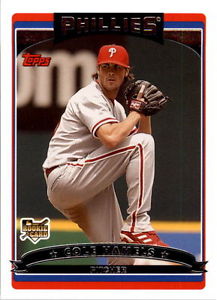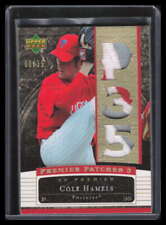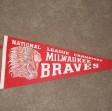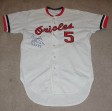One of the top off-season story lines wasn’t actually a story at all – it was the non-trade of Cole Hamels. Despite constant speculation and rumors throughout the winter, Hamels was not traded and remains a member of the Philadelphia Phillies. Considering the low expectations for the 2015 Phillies, most expected that they would move Hamels to a  contending team in order to acquire some young talent. That has not yet happened, but there is a long way to go in 2015.
contending team in order to acquire some young talent. That has not yet happened, but there is a long way to go in 2015.
Phillies Off to a Predictable Start
There have been plenty of surprised in the early 2015 season, but the Phillies have not been one of them. They are 4-9 after 13 games of the 2015 season, and have been outscored by 24 runs already. The expectation that they would be one of the worst teams in the National League appears well on its way to becoming reality. That means that by the trading deadline at the end of July, the Phillies should be safely in the ‘sellers’ camp.
Hamels Not Helping
The big gamble that the Phillies are taking is that Hamels will maintain his value throughout the season until the trade deadline rolls around. So far, that hasn’t necessarily been the case. After three starts, Hamels is carrying an ERA of 5.00 and has already walked nine batters. His total of 18 strikeouts is impressive, but the seven home runs that he has surrendered could be a potential warning sign to any possible trade partners. Certainly three starts won’t undo all of the good that Hamels has done in his career, but the Phillies are hoping for the maximum return trade value from their top asset – and his start to the season has not helped toward that end.
Boston Playing Well
One of the likely trade targets for Cole Hamels is Boston, as they have assembled a team that appears to have a strong lineup with a questionable starting rotation. However, the Red Sox have started 8-5 on the young season, and the rotation hasn’t been quite as bad as some were predicting. If the Red Sox don’t need to send young talent to Philly for Hamels, the market for their ace will suddenly get smaller. While there is always a need for quality pitchers, the package that Philadelphia is able to receive in return will be directly related to the size and competitiveness of the market as July draws to a close.














